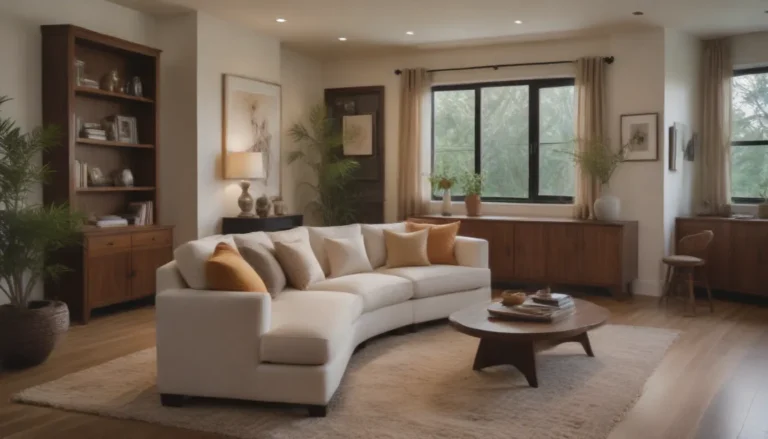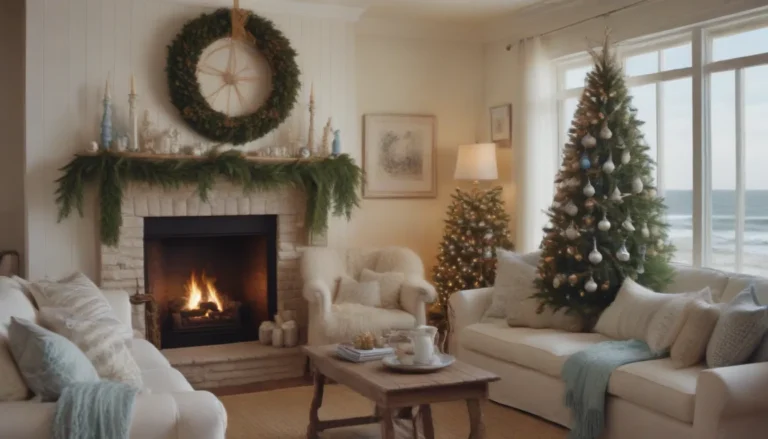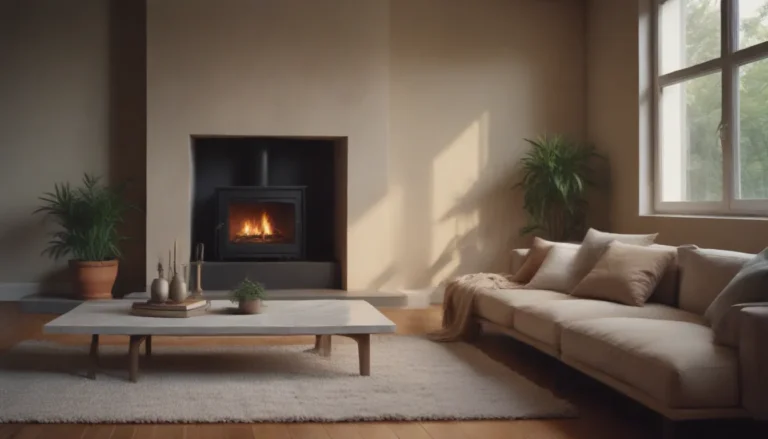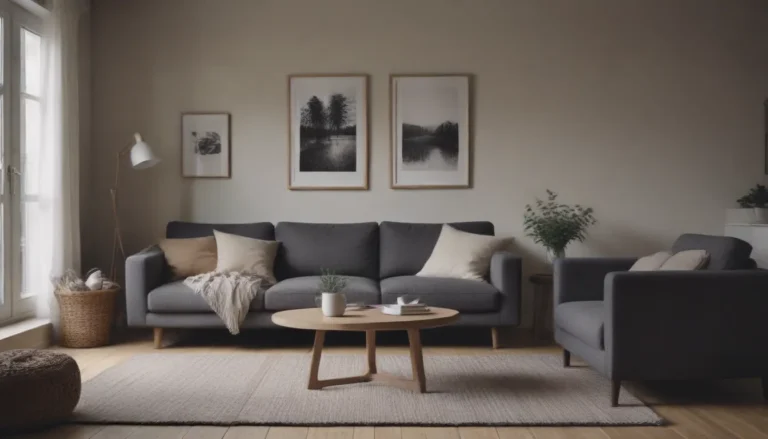Exploring the World of Vernacular Architecture
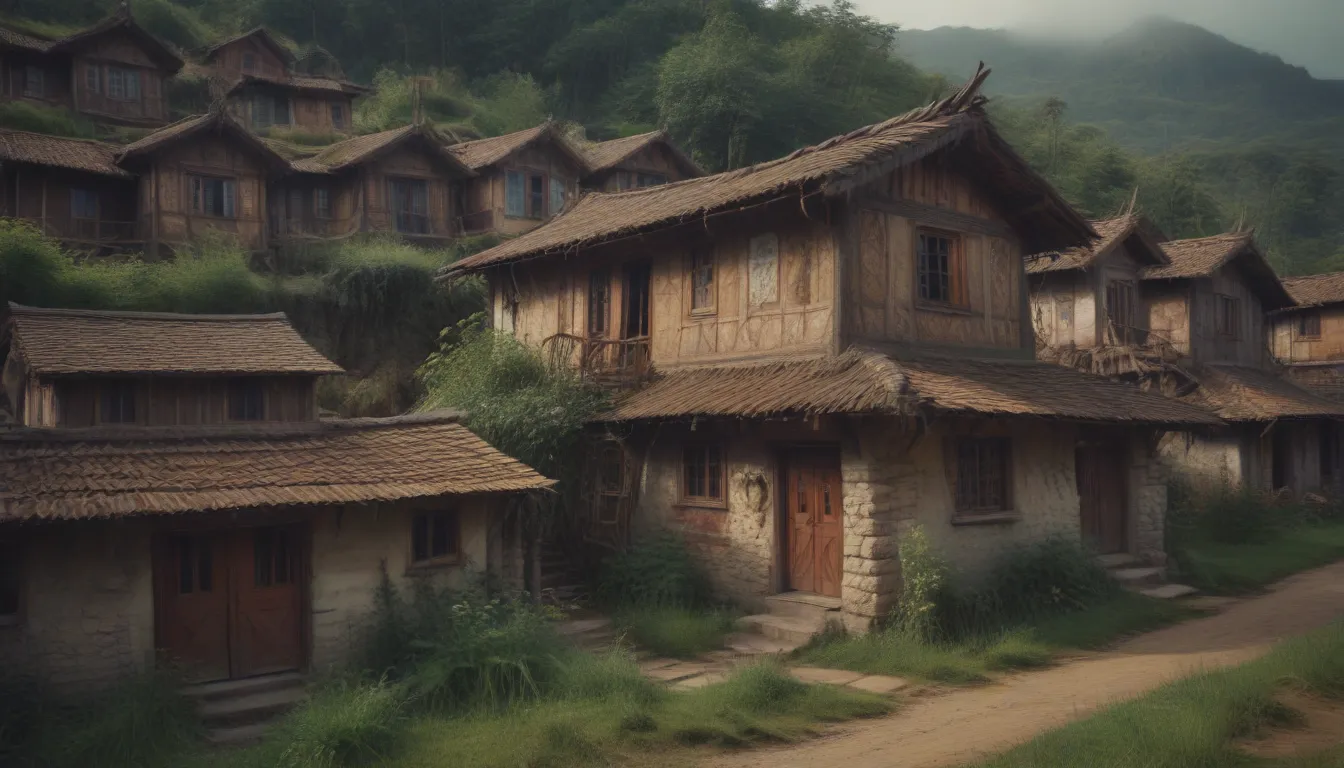
Have you ever wondered about the simple, yet charming homes that seem to blend seamlessly with the surroundings in a specific region? Chances are, you’ve encountered vernacular architecture without even realizing it. In this article, we will delve into the fascinating world of vernacular architecture, exploring its history, characteristics, and examples in the United States.
Understanding Vernacular Architecture
Vernacular architecture is a style of building that is rooted in the local culture and resources of a specific area. Unlike more formal architectural styles that require the expertise of an architect, vernacular buildings are constructed by local builders using readily available materials and traditional techniques. These buildings are a reflection of the social conditions, technology, and climate of the region in which they are built.
What Sets Vernacular Architecture Apart?
- Inexpensive Materials and Utilitarian Design: Vernacular buildings are often constructed using affordable materials and simple, practical designs.
- Evolution of Design: The design of vernacular structures evolves over time in response to changing needs and influences.
- Local Influence: Vernacular architecture embodies the culture and traditions of the local community, making each building unique to its surroundings.
- Climate Considerations: The design of vernacular buildings is tailored to the climate of the region, ensuring comfort and functionality for its occupants.
The Historical Roots of Vernacular Architecture
The roots of vernacular architecture can be traced back to ancient times when people began building simple structures using the resources available to them. Before the 17th century, most buildings were constructed without the oversight of formal architects. Instead, local tradesmen and craftsmen relied on their inherited knowledge and skills to build homes that were practical and sustainable.
The term ‘vernacular’ gained prominence in the 19th century when colonialists encountered indigenous building techniques in different parts of the world. Initially viewed as primitive or quaint by formal architects, vernacular architecture has since been recognized for its ingenuity and cultural significance. Architect Bernard Rudofsky’s exhibition in 1964 brought attention to these overlooked building styles, highlighting their importance in architectural history.
Types of Vernacular Architecture in the United States
While authentic vernacular architecture is rare in modern construction, there are several examples of vernacular styles that have left their mark on American architecture. From the shotgun homes of the late 1800s to the ranch style homes of the 1950s, these buildings showcase the diversity and adaptability of vernacular architecture in the United States.
Common Examples of Vernacular Architecture in the United States:
- Late 1800s Shotgun Homes: These narrow, single-story homes are characterized by their linear layout and minimalistic design.
- Early 1900s Sears Homes: Kit homes sold through the Sears catalog, these pre-fabricated houses were affordable and easy to assemble.
- 1920s Bungalow Style Homes: Small, cozy homes with low-pitched roofs and open floor plans, popularized in the early 20th century.
- 1950s Ranch Style Homes: Single-story homes with a long, low profile and spacious interior, ideal for the post-war suburban lifestyle.
While vernacular architecture may not always adhere to the conventional standards of architectural design, it embodies a unique blend of creativity, practicality, and cultural relevance. These humble buildings serve as a reminder of the rich heritage and traditions that shape our built environment.
Embracing the Beauty of Vernacular Architecture
In a world where architectural trends come and go, vernacular architecture stands as a testament to the enduring wisdom of local builders and craftsmen. By understanding and appreciating the principles of vernacular architecture, we can gain a deeper appreciation for the diverse styles and techniques that have shaped our built environment.
So, the next time you come across a charming country cottage or a simple shotgun home, take a moment to admire the craftsmanship and ingenuity that went into its construction. Vernacular architecture may not always grab headlines or win prestigious awards, but its impact on our cultural landscape is undeniable.
As we continue to evolve and innovate in the field of architecture, let us not forget the timeless lessons that vernacular architecture teaches us about sustainability, community, and the beauty of simplicity. Let’s celebrate the unsung heroes of our built environment and embrace the rich tapestry of vernacular architecture that surrounds us every day.
